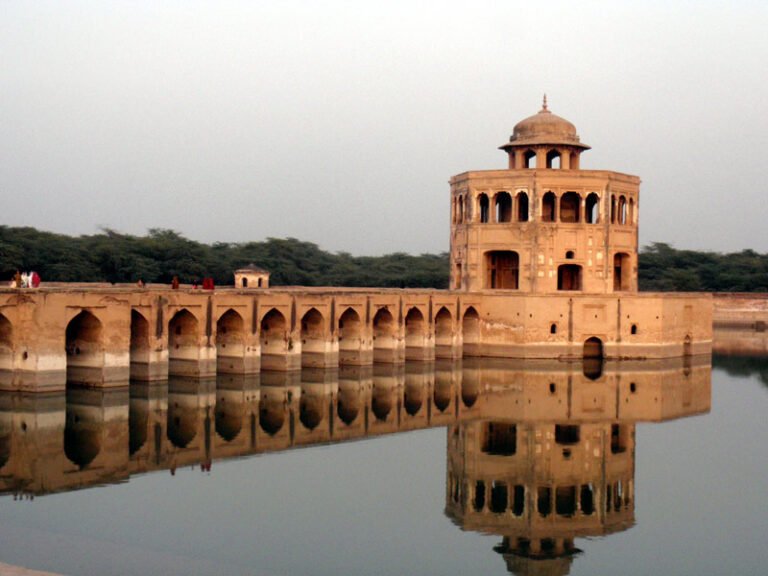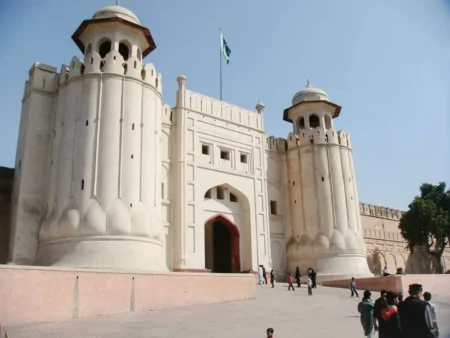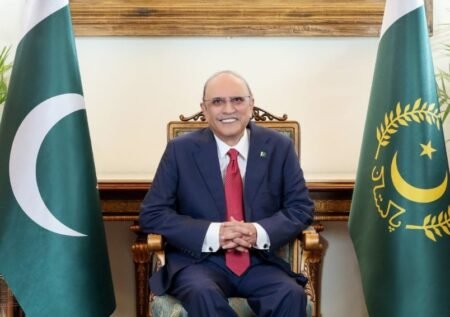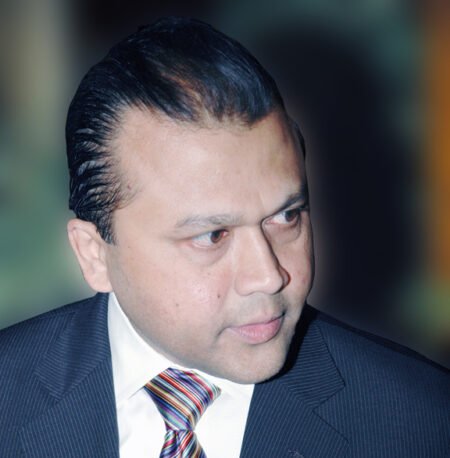LAHORE: The Punjab government has launched a Rs1.5 billion heritage and tourism revival drive aimed at intertwining the province’s rich cultural, historical, and archaeological legacy with modern development. The initiative, jointly undertaken by the Tourism Department and the Directorate General of Archaeology, marks one of the most comprehensive heritage programmes in recent years, focusing on museum revitalization, archaeological expansion, and the creation of new cultural destinations.
The programme seeks to emphasize the socio-cultural milieus integrated with history and heritage, considering their preservation as the truest indicator of societal progress. It aims to rekindle public engagement with Punjab’s layered past while strengthening the province’s image in global cultural diplomacy.
A series of new museums are being developed across key districts to document Punjab’s diverse history. Among the major undertakings are the Sialkot Museum, currently in the estimation stage with construction expected to start on October 3, 2025, and the Multan Museum, a Rs111.7 million project launched in July 2021 and scheduled for completion by June 2025. The Hafizabad Museum, funded at Rs96 million, began in August 2022 and is expected to conclude by December 2025. The modernization and expansion of the Taxila Museum, a Rs511.9 million undertaking, will enhance one of the world’s most renowned archaeological sites between 2025 and 2027. The Kasur Museum upgradation is at the estimation stage, with work set to begin in October 2025. The Rohtas Fort Museum enlargement, allocated Rs38.86 million, will run from November 2025 to June 2027, while the rehabilitation of Javed Manzil Museum—closely associated with Allama Iqbal—will proceed under a Rs200 million allocation. Likewise, the restoration of the Summit Minar Library and Museum, budgeted at Rs524.95 million, and the development of the Maharaja Ranjeet Singh Museum in Gujranwala, costing Rs120 million, are expected to significantly contribute to the province’s cultural infrastructure.
Parallel to these restoration efforts, the government is transforming Sheikhupura’s Hiran Minar into a vibrant eco-tourism and cultural complex. The plan, developed in collaboration with the Wildlife Department and the Punjab Arts Council, combines environmental sustainability with community participation. A mini zoo featuring more than 40 deer and blue bulls relocated from Changa Manga is being established within the Hiran Minar complex. Fifteen bicycles and electric golf carts will support a three-kilometre jungle ride, promoting eco-friendly recreation. New boats and a floating restaurant will offer evening cruises on the lake, while a double-decker sightseeing route connecting Darbar Waris Shah and Hiran Minar has been finalised in the first phase. The second phase will expand the route to Jandiala Sher Khan Baoli and the Sheikhupura Fort.
In collaboration with the Sheikhupura Arts Council, cultural performances such as Heer recitations at Darbar Waris Shah and folk music evenings at Hiran Minar are being arranged to celebrate Punjab’s oral traditions. A BBQ facility on a payment basis will also be introduced to enhance the visitor experience. The multi-tiered programme reflects the Punjab government’s strategic vision of integrating archaeology, tourism, culture, and wildlife conservation into a unified narrative of progress. It aims not only to preserve historical assets but also to stimulate regional economies by creating new tourist corridors, employment opportunities, and educational avenues for youth and researchers.
Speaking to The News, Secretary Tourism Punjab Dr Ehsaan Bhutta said, “Punjab’s cultural heritage is our living identity. By restoring museums and developing tourism corridors, we are not just conserving monuments—we are connecting communities to their history, creating livelihoods, and presenting a modern, confident image of Pakistan to the world.”





